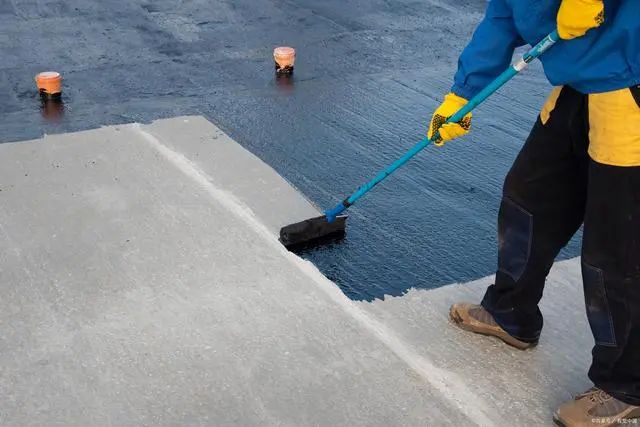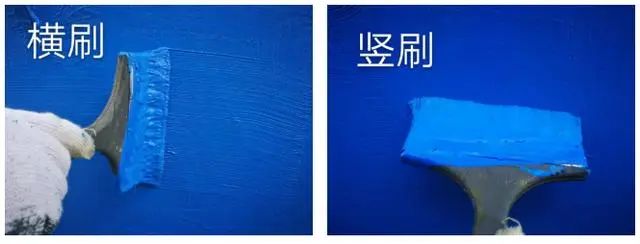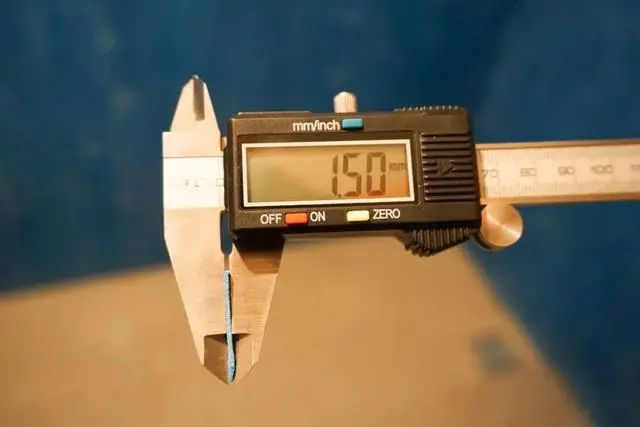In the construction of waterproofing systems, ensuring that the thickness of the waterproofing layer is correct is crucial. However, the control of the waterproofing thickness during the construction process can be relatively arbitrary as workers may rely blindly on experience without sufficient understanding. The following improvements will address the effects of excessive or inadequate waterproofing thickness, as well as thickness control and inspection.

I. Effects of Excessive or Insufficient Waterproofing Layer Thickness
Excessive thickness of the waterproofing layer can result in uneven curing of the coating, leading to differential internal and external shrinkage and cracking. This is uneconomical as well as a waste of time, labor, and materials.
The inadequate thickness of the waterproofing layer lacks strength, making it susceptible to damage and unable to withstand certain displacements, resulting in localized leakage and an inability to guarantee the service life of the waterproofing.
The thickness of the coating should be ≥1.2mm on walls and ≥1.5mm on floors according to the Technical Specifications for Interior Waterproofing Projects (Coating Type), JGJ 298-2013, and the Technical Specifications for Roofing Projects, GB 50345-2012, issued by the Ministry of Housing and Urban-Rural Development of the People's Republic of China.
II. Controlling waterproofing thickness:
The principle of "thin coat, multiple coats" applies to the construction of the waterproofing system. The thickness of each coat should be controlled to within 1mm. Generally, the requirements for full coverage of the base layer can be met after two coats. The direction of the first and second coats should be perpendicular, forming a crosshatch pattern. The total waterproofing thickness should be 1.5-2mm.

The importance of waterproofing thickness to waterproofing effectiveness and methods of controlling and inspecting thickness can be more clearly expressed by optimizing the above content. This will help to improve the understanding of building owners and workers and ensure the quality and effectiveness of waterproofing works.
III. Waterproofing Thickness Inspection and Acceptance :
During waterproofing inspection and acceptance, professional testing equipment can be used to measure the thickness of the waterproofing membrane. A commonly used method is to cut sections of the waterproofed area for thickness measurement. Measurements are taken at a random location (preferably on the upper part of the façade to avoid compromising aesthetics) with a cut size typically 20mm × 20mm using a caliper or thickness gauge to measure the coating thickness.

This will provide a clearer understanding of the importance of the thickness of the waterproofing layer to the effectiveness of the waterproofing system and how to control and inspect the thickness. As a result, the understanding of property owners and contractors will be improved, and the quality and effectiveness of the waterproofing system will be assured.




